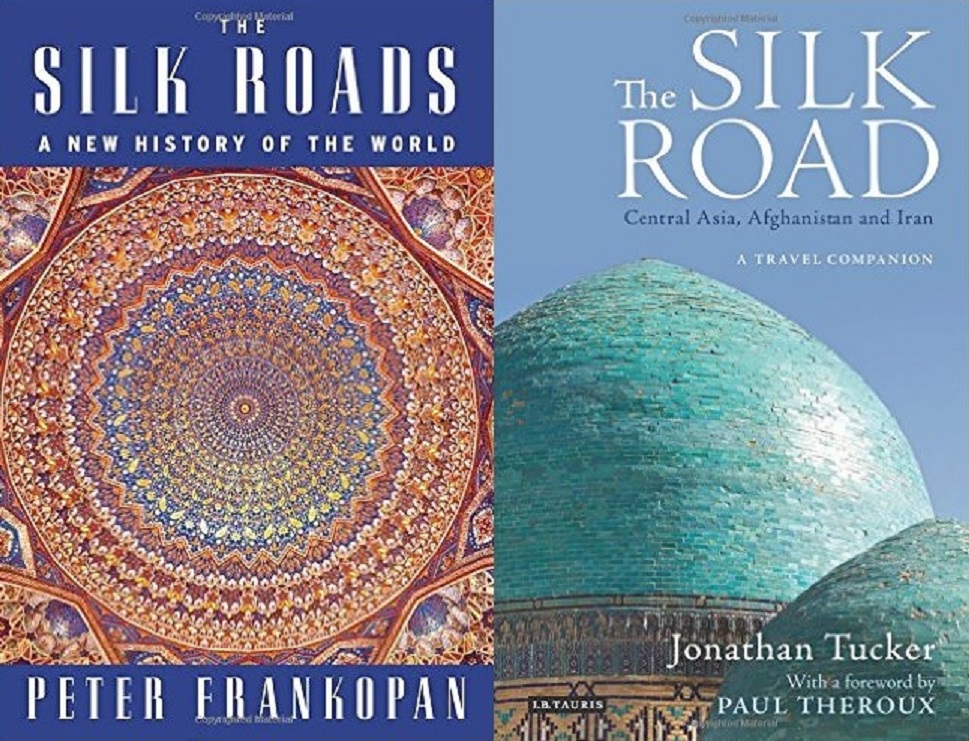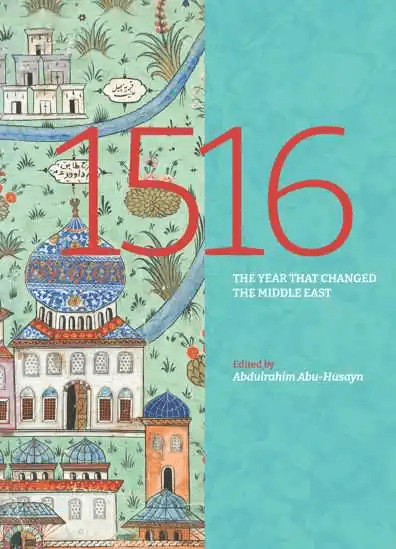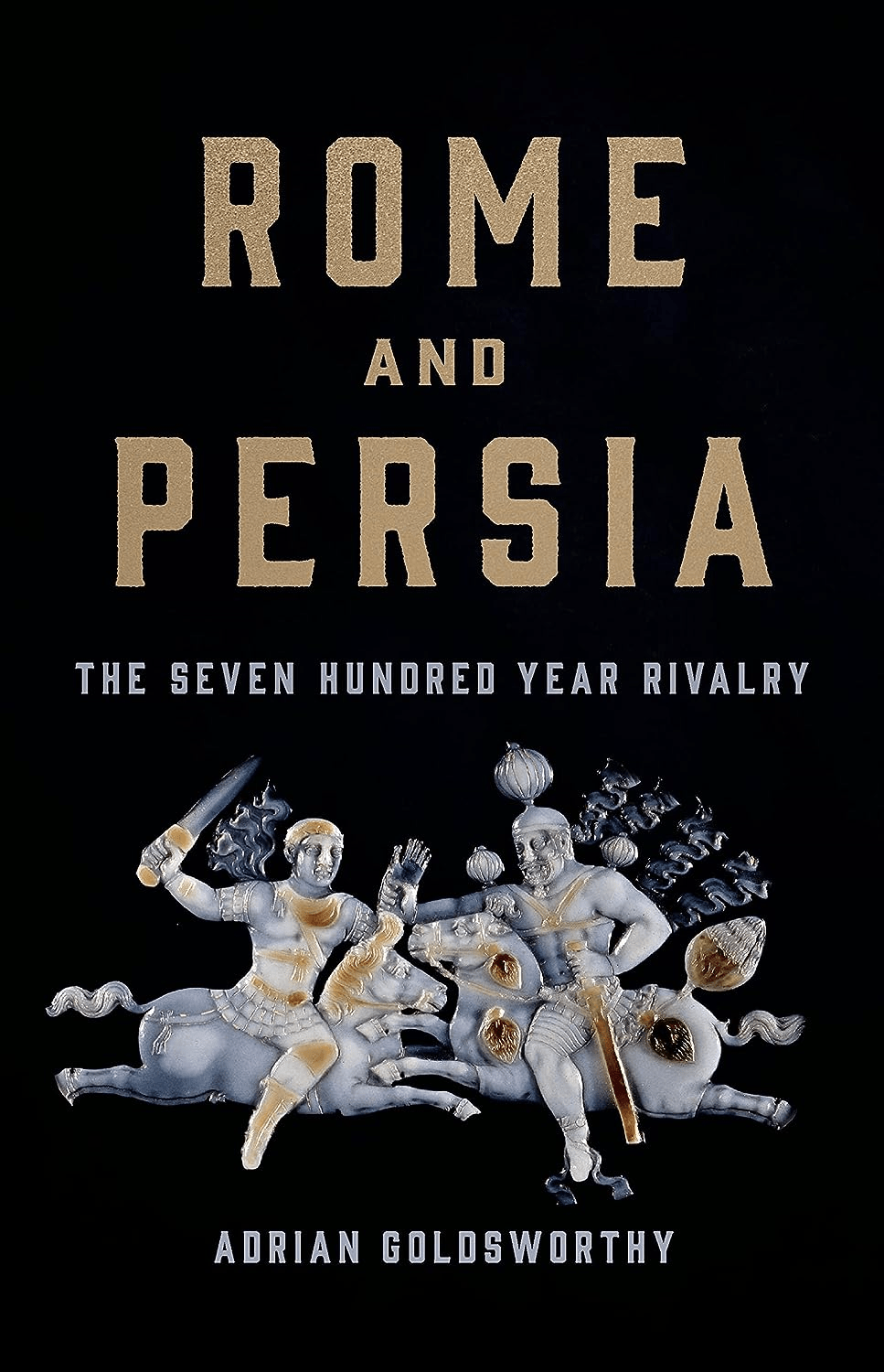
The Silk Roads: A New History of the World; and The Silk Road: Central Asia Afghanistan and Iran: A Travel Companion
Louis Werner
Peter Frankopan; Jonathan Tucker
2016, Alfred A. Knopf 978-1-10194-632-9, $30 hb; 2015, I. B. Tauris, 978-1-78076-925-7, $25 pb.
Frankopan provides in 500 fast-moving pages nothing less than the entirety of East-West contact from the earliest ages until the 21st century, with asides on how goods, religion, technology and even political ideologies bounced back and forth along pan-Asian networks—“roads,” resolutely not in the singular—both physical and metaphorical. Where else might one read full chapters about the roads of “wheat,” “furs,” “crisis” and “genocide” on which Genghis Khan, Stalin and John Foster Dulles traveled in words and deeds. Wisely chosen illustrations—from a Vermeer domestic scene containing a Chinese ceramic and the Taj Mahal’s Italianate inlay of precious stone to an ultramodern airport in Baku—too tell their story, one of movement and stasis in fits and starts that builds to nothing short of a new world history. Tucker’s book, a sequel to his previous volume on China and the Karakorum, qualifies more as a tourist guide, with the concise chapters on the architecturally significant segments of the road connecting such cities as Merv, Balkh, Samarkand, Tabriz and Hamadan. While relatively light on history, its linear organization and sprinkling of site-inspired anecdote and poetry make it a useful and entertaining handbook while en route.
You may also be interested in...

Editor Challenges Readers To Witness Islamic History Sans the Modern Lens In New Book
In 1516, Ottoman Sultan Selim I entered Damascus clean-shaven. What followed changed Arab-Turkish relations for 400 years.
In War and Peace, Book Explores How Rome and Persia Remained Frenemies
Book Review: In his latest scholarly work, Roman historian Adrian Goldsworthy reduces Persian and Roman longevity to simply an ever-evolving coexistence.